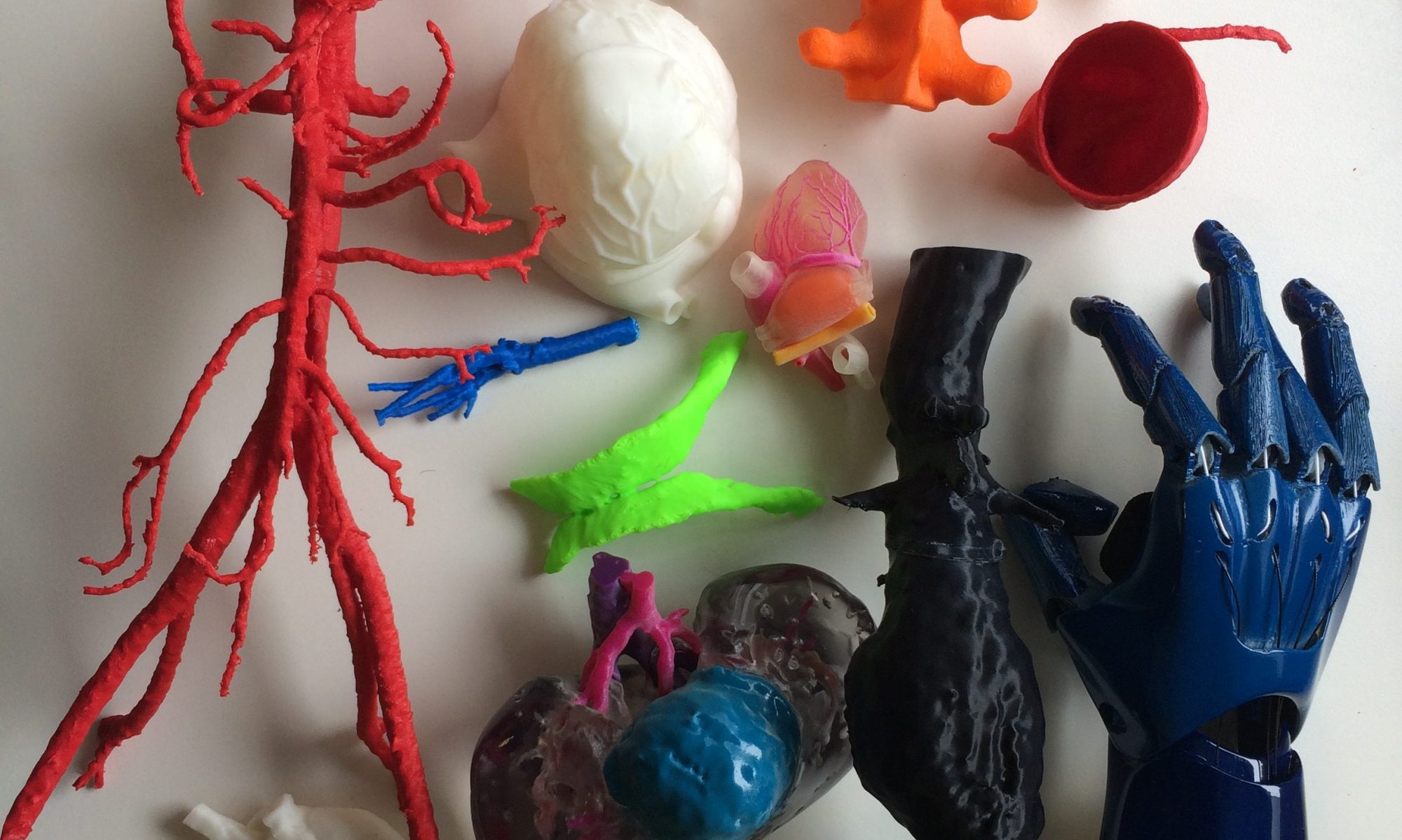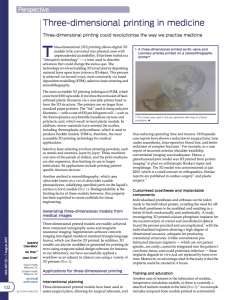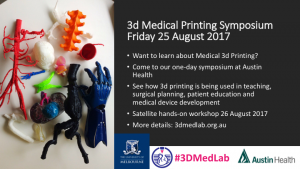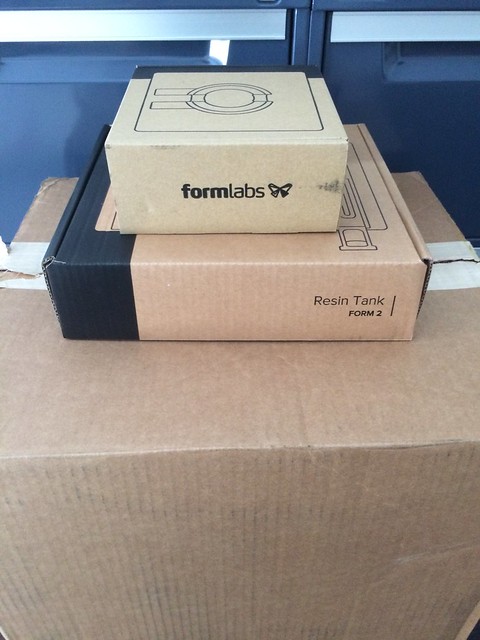As we draw closer to the 2017 3dMed Symposium one of our key speakers, Associate Professor Tracie Barber, invites you to register. Don’t delay – do it now!
MJA: Three Dimensional Printing in Medicine
It has taken a while, but our review paper on 3D Printing in Medicine has finally been published in the Medical Journal of Australia.
Coles-Black J, Chao I, Chuen J. Three-dimensional printing in medicine. Med J Aust. 2017 Aug 7;207(3):102–3.
doi: 10.5694/mja16.01073
Happy Day!
Don’t you love that feeling when you get an email saying that your manuscript has been accepted? We do!
Publication day is August 7, 2017. Any press looking for interviews are welcome to contact us directly or via Austin Health Corporate Communications. Please respect embargo.
Austin Medical 3d Printing Symposium Satellite Workshop
As our Australian 3dMed Symposium nears, we are happy to announce that we will be running a one-day hands-on satellite workshop on Saturday 26 August!
After you have heard all about the applications of 3d Printing and Modelling in Medicine you will want to have go for yourself! Keep your eyes peeled as we will be announcing details soon!
In the meantime, make sure that you register for the #3dMedAu17 Symposium. Details are available here.
Call for Abstracts Extended!
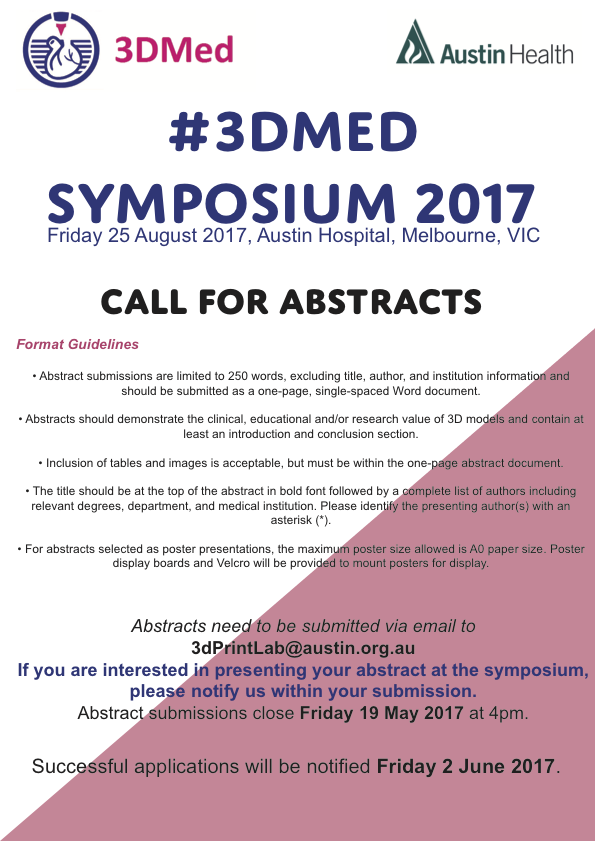 If you have an abstract for the #3dMedAu17 Symposium don’t fret!
If you have an abstract for the #3dMedAu17 Symposium don’t fret!
We know how much work you put into that 3D Imaging or 3D Printing project so here is your chance — the abstract submission deadline has been extended to 19 May 2017.
Send your abstract now to 3dPrintLab@austin.org.au!
A Brief History of 3dMedLab
3dMedLab came about after discussions about the need for a more co-ordinated and organised approach to 3D Printing Resources throughout The University of Melbourne and in particular the availability of this technology to Clinician-Researchers at hospitals associated with the Faculty of Medicine, Dentistry and Health Sciences.
After a very pleasant Friday-afternoon multidisciplinary meeting in late 2014 at the venerable Prince Alfred Hotel the concept of an open and collaborative 3D Printing facility was born.
Form2 Unboxing Day
Here at the 3DMed Lab, we have had our eye on the Form 2 Desktop SLA 3D Printer for a long while. So when it finally arrived only a few days after it had been ordered, you can guess how excited we were!
The Form 2 “Complete Package” consists of the printer itself, one cartridge of Clear resin, a resin tank, a build platform, and a finish kit. We also ordered extra Grey and Flexible resins, as well as an extra build platform and resin tank, as we’ve heard that switching between resins can be a pain. The Form 2 also has “Open” mode which allows you to experiment with third party resins. We will report back when we have done so.
The Form 2 itself came snugly packed in its box. The cardboard handles on either side were a nice touch which facilitated easy lifting out of the box and onto the table.
The finish kit was packed full of very handy tools for post-processing, tools that you would have had to purchase anyway from a hardware shop if you’d had any prior experience with 3D printing, but including them was a very nice touch. Included was also a very generous amount of gloves- two packets in fact! Not that we ever run short of gloves in a hospital, but the thoughtfulness was much appreciated.
My only complaint is that the packaging did not contain an Australian power plug, which was slightly annoying as it meant that I couldn’t start printing straightaway. Just something to keep in mind when purchasing your Form 2- especially if you’re not setting up the printer at home, have a US to Australian adaptor at the ready so you don’t have to delay playing with your new toy! Thankfully the printer has a standard IEC power socket on the back so there is a good chance you have a suitable power cable sitting around from that retired computer, printer etc.
Other than that, assembly was very straightforward and the printer was pretty much plug and play. You have the option of printing via Wifi, ethernet, or directly to the computer via USB.
The PreForm software was easily downloaded from the Formlabs website, and was very intuitive and straightforward to use. It has the option to optimally orient your print, which is great for SLA beginners like myself.
Orbit Model, PreForm
We had a model that we had prototyped in ABS using our Makerbots, and this seemed like the perfect opportunity to try it out in clear resin!
The original STL file was hollowed out using Meshmixer as per this tutorial on the Formlabs website, which was a relatively simple process. This allows you to shorten the build time and save on resin. As instructed, I reoriented the model to match the position PreForm had oriented it for printing, placing holes on the close to the build platform to allow resin to drain.
In addition to the hollowing tutorial, the Formlabs website has lots of very useful tutorials to help you get started. Formlabs were also very helpful on Twitter, responding to questions and linking me to further tutorials.
And here is the final hollowed model, imported back into PreForm:
What have been your experiences with the Form 2, or other SLA/DLP 3D printers in general? Have experiences or advice you would like to share? Leave a comment below or tweet us @3dMedLab!
#3dMedAu16 Recap
This recap has been reproduced from the ResBaz Tumblr Blog.
3DMed Seminar 2016- The Recap
The second annual 3DMed Seminar was held on the 5th of October, in conjunction with the 3DMed Lab at Austin Health. The event was hugely successful, with over 130 participants from a whole host of different disciplines signing up to attend. The purpose of the event was to facilitate discussions about the disruptive potential of 3D printing in the medical field, and serve as a catalyst for future ideas and as a meeting point for collaboration!
Our #3dmed16 seminar is about to start! @3dmedLab @Austin_Health pic.twitter.com/3W4n7KjFaI
— Research Platforms (@ResPlat)
A wonderful turnout for #3dMed16! Join the live stream now at https://t.co/4PJJ2udfjQ pic.twitter.com/RpAzPDs9W1
— Austin 3DMed Lab (@3dmedLab)
We were honoured to be joined by a fantastic and diverse list of speakers from variety of different backgrounds. This was in keeping with the #3DMed16 vision of interdisciplinary collaboration, in particular between engineering and medicine, with the shared goal of improving medical research and patient care!
The seminar was kicked out by Dr David Ackland from the University of Melbourne, who took us through a fascinating journey of how he and Prof Peter Lee designed Australia’s first 3D printed titanium jaw, from prototyping to implantation into a patient.
Dr David Ackland, first #3DMed16 speaker! @ResPlat @3dmedLab pic.twitter.com/yXGc7fCp3x
— Jas Coles-Black (@JasamineCB)
Next up was Dr Eka Moseshvilli from the Olivia Newton John Cancer Wellness and Research Centre, on how 3D printing can be used to create a perfect fit for imperfect anatomy in cancer patients. Her emphasis was on the power of 3D printing to create personalised tools to save lives.
#3dprinting is the #logical next step for #radiotherapy – use existing #patient #data #3dmed @ResPlat @3dmedLab @JasamineCB @ozvascdoc pic.twitter.com/oEbg4c4Gls
— Vincent Khau (@thevinniek)
Dr Ian Chao from Austin Health and Box Hill Hospital blew people away with the 3D printed emergency airway trainers that his team had developed, costing less than $2 a model! This has the potential to revolutionise and democratise medical simulation training, with conventional models costing hundreds to thousands of dollars.
A #3dPrinted $2 emergency surgical airway trainer? I can see @edexam drooling in the audience… 😀#3dMed16 pic.twitter.com/uxSI5Wh83r
— Austin 3DMed Lab (@3dmedLab)
We were also treated to a recorded lecture from Dr Steve Pieper from Harvard’s Surgical Planning Laboratory, on some of the inspiring applications of 3D Slicer worldwide! Some of my favourite examples included utilising 3D Slicer for robotic prostatic biopsies, as well as modelling the morphological and phenotypic changes in various lung cancers.
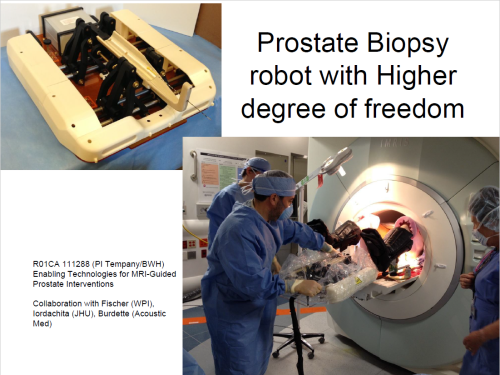
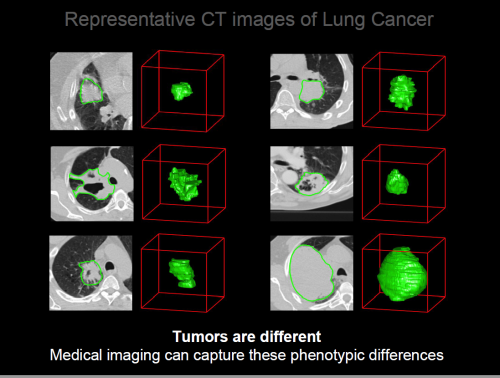
We were also very honoured to have A/Prof Tracie Barber from UNSW come down from Sydney to deliver her talk on using 3D printing in addition to computational fluid dynamics to aid her analysis of blood flow through blood vessels such as fistulas in dialysis patients.
Utterly amazing. 3D ultrasound for #3dprinting to troubleshoot AV fistulas. #Awesome #3dmed16 pic.twitter.com/wdAHWEEDsf
— Andy Buck (@edexam)
Dr Raf Ratinam from Monash Health explored the views of orthopaedic surgeons on complex 3D printed fractures, and provided a fascinating and instructional overview of how his team were able to achieve these 3D printed models of their patients’ individual fractured bones.
Dr. Raf Ratinam gives his presentation at #3dMed16 @ResPlat @JasamineCB @3dmedLab @ozvascdoc pic.twitter.com/LB9HbDeLXl
— Vincent Khau (@thevinniek)
The symposium was finished strong with Dr Ryan Jefferies, curator of the Harry Brookes Allen Museum of Anatomy and Pathology, on how 3D printing was used to enhance the museum’s exhibits, such as a 3D printed recreation of Ned Kelley’s death mask, bringing a 2000-year-old mummy back to life, and a photorealistic 3D printed lung specimen with tuberculosis!
Some great presentations and 3D printed models on display today at #3dmed16 – Ned Kelly’s death mask, a mummy skull and a diseased lung pic.twitter.com/WImgU9jgU3
— Ben Loveridge @ MIGW (@benloveridge)
Thank you to all our participants, for your enthusiasm and for providing such engaging discourse both in the panel discussions as well as in the Twittersphere! You helped make this event the success that it was!
Finally, a big shout out to our sponsors, Konica Minolta and Objective3D, for the delicious afternoon tea and for helping to make this event happen!
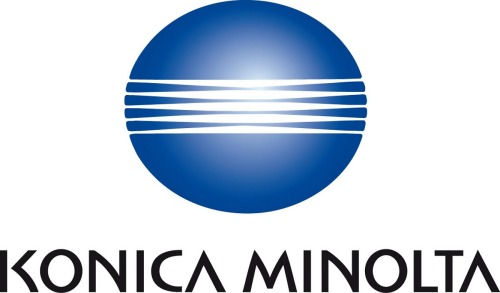
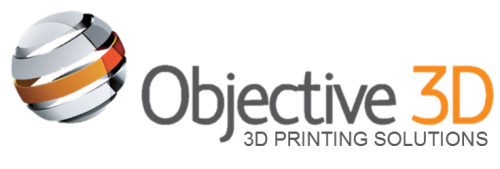
In conclusion, we are glad that so many of you found the seminar informative, and most importantly, fun! The feedback we have thus far received has been overwhelmingly positive, and we will without a doubt be holding this event again next year.
If you have any thoughts or feedback about how #3DMed17 can be improved upon, please feel free to email me at jasaminecb@gmail.com, or tweet me @jasaminecb!
We hope to see everyone next year!
Congrats to all for today’s fantastic #3dmed16 symposium at Austin #ResearchFest! @3dmedLab @JasamineCB @ozvascdoc @ResPlat
— Austin Health (@Austin_Health)
#3dMedAu16 Gallery
The 3D Med Symposium 2016 #3DMed16
The second annual, hugely successful 3D Med Symposium was held on the 5th of October 2016, hosting over 130 participants from different disciplines. The purpose of the event was to facilitate discussions about the disruptive potential of 3D printing in the medical field, and serve as a catalyst for future ideas and as a meeting point for interdisciplinary collaboration.
You can read more about the event here. Continue reading “The 3D Med Symposium 2016 #3DMed16”
